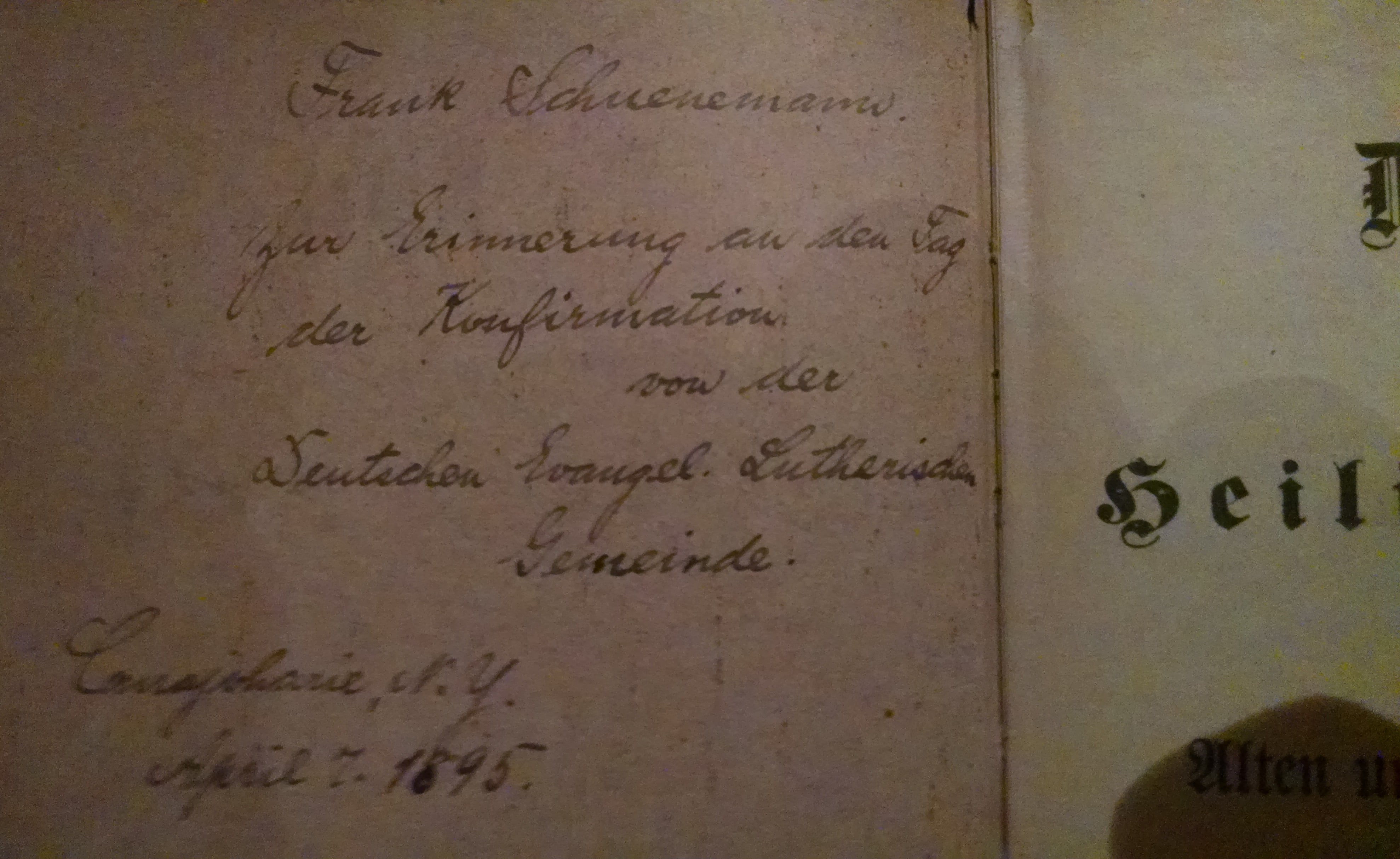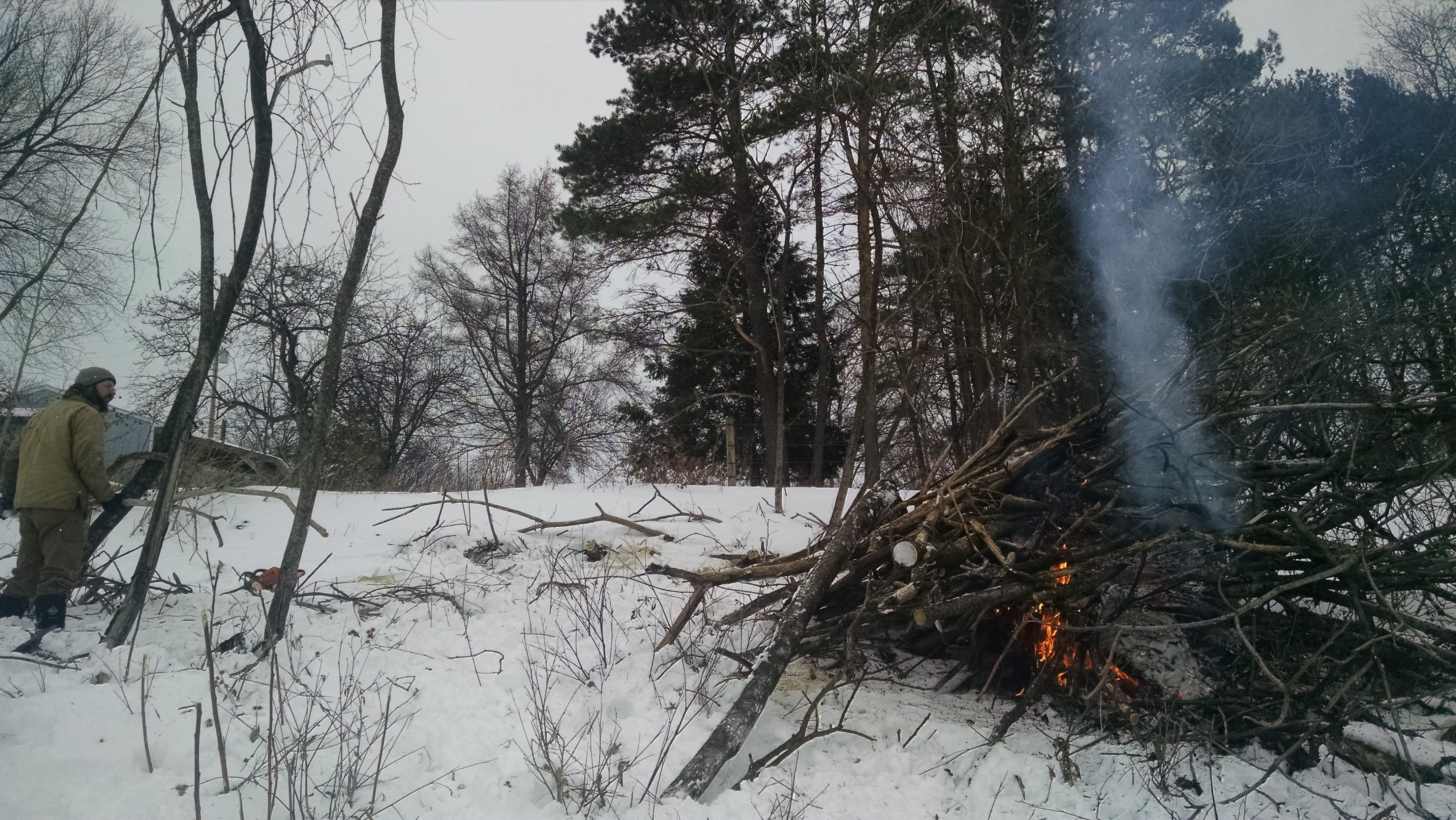Around these here parts, the prevalent pronunciation for sumac is shoo’-mak. We’ve also encountered that pronunciation among some Midwesterners. A few dictionaries list shoo’-mak as an secondary pronunciation and soo’-mak as the primary, but it is curious that the sh supplanted the s locally. The Amish around here also “shoo”, so I wondered if this was a German pronunciation. Google Translate’s audio pronunciation tells me the German word is “sumach”, with the leading s pronounced like the letter z in English. So that theory probably doesn’t work, unless there is more to the story based on differences in older German versus Google’s contemporary pronunciation. (Calling Dr. Fleischman, Dr. Rainbow, Dr. Feyer: is there any linguistic support here or am I trying too hard?)
Clearly I’m out of my depths, but I’ll expound on my linguistic theory regardless of whether there is sufficient basis in linguistic reality. I’ve noticed that the Mohawk Valley is home to an accent that resembles the Scandinavian/German-influenced accent often associated with the Upper Midwest. It isn’t as strong as the oft-parodied “Minnesooota” accent, but the vowels are stretched similarly. This area was settled by the Palatinate Germans and some locals continued speaking German into the 20th century (at least on Sundays at the the German-speaking Lutheran congregation in town). A relic of this tradition is a German Bible we found in our attic, given to Frank Schuenemann (the family later Anglicized the spelling to Shineman) in 1895.

Besides its linguistic utility as a regional shibboleth and its culinary utility when its drupes are steeped for iced tea, we don’t have much love for the staghorn sumac. It is a grassland-to-forest succession species, able to overgrow whole fields in a few years. The trees are weak and easily cut down, but since they regenerate from the root networ, cutting only stimulates a flush of sprouts. Over the years we’ve cleared more than four acres of sumac overgrowth, but the stand on the slope behind the house is one of the last holdouts. Each winter we cut back a bit more and burn the brush, and then in the summer we try to manage the regrowth by a combination of livestock grazing and brush cutting. Sumac is persistent, but we finally are getting close to having this field converted back to pasture.


7 thoughts on “Sumac and Questionable Linguistics”
When I was growing up in Maine (50 years ago), everyone called it shoo-mac (short a). A friend who grew up in Vermont said up there they pronounce it shoo-mac as well. This only came up in conversation because we’d both moved to Massachusetts, where it is pronounced sue-mac. I’ve lived in Massachusetts for so long now that I have to remind myself–“sugar and sumac…sugar and sumac”–to pronounce it the “right” way.
I once read that someone told George Bernard Shaw that sugar and sumac are the only words in th English language that pronounce su as shu. To which Shaw said SURE.
Did some further digging:
https://dsl.ac.uk/entry/dost/shumak
Shoo-mak or shoo-make is Scots.
Thanks for sharing your research! Dave
Mom from Ozarks; there it was SHOO-make (long a).
For whatever that’s worth. (Scots, Irish, Swiss, Baden-area German ancestry, but 200 years from immigrant generation)
I live in Oklahoma and I’ve also always called it “shoo-make”
I grew up in Tulsa and my parents, who were from Missouri, always called it “shoo-make”. And we have a Scots-Irish heritage, so I’m glad to see this mystery solved!